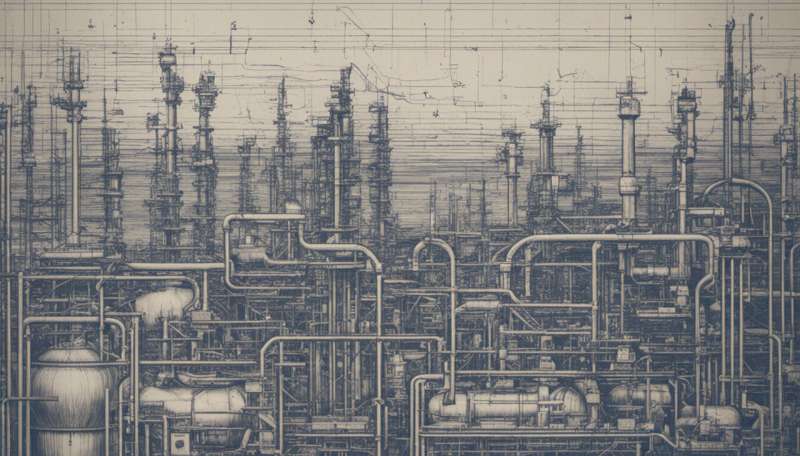Credit: AI-generated image (disclaimer)
In densely populated Europe, the effective use of all available land is essential for economic growth. In this context, so-called 'brownfields' - abandoned or underused industrial and commercial facilities - provide an opportunity to turn such land into productive areas.
However, such sites are often contaminated and therefore need to be cleaned up and made safe before they can be turned into productive areas for local communities. Clean-up can be a costly endeavour, difficult and take a lot of time. These barriers mean the reuse of brownfield sites remains low.
The EU-co-funded project TIMBRE ('An integrated framework of methods, technologies, tools and policies for improvement of brownfield regeneration in Europe') is working to overcome the barriers to redeveloping brownfield sites.
In Europe, there are over 20 000 large and complex contaminated sites. These megasites pose an environmental threat to scarce soil and water resources.
Stephan Bartke from the Helmholtz Centre for Environmental Research - UFZ, TIMBRE's project coordinator, says the researchers are developing technologies and tools for the investigation, assessment and recovery of such megasites.
"Megasites are especially challenging not only because of their huge area - former steel plants, military bases, airports or mining sites, for example - but because of the complex revitalization challenges, for example the severity of contamination, " he says. "Another common problem is the diversity of stakeholder interests regarding their re-use or preservation."
Bartke says it is important to understand these challenges as opportunities when using innovative technologies for site investigation and remediation, assessing sustainable re-use options in ecological, economic and social terms, and when including a wide variety of stakeholders and policymakers in the revitalisation process.
And this is exactly what the TIMBRE project is doing - starting with a comprehensive review of projects, programmes and initiatives for brownfield assessment and reuse.
Project partners are developing a series of tailored supporting measures for specific end-users, including a web-based system to help 'problem owners', regulators or service providers to develop their own brownfield regeneration solutions.
"We are using specific test sites to demonstrate our tools and thereby help a range of local communities, for example in Poland and Romania," Bartke says.
Data for study sites in Denmark, Germany, the Czech Republic and others have also been collected and processed.
"We are organising training, demonstration and dissemination events to spread our accumulated knowledge and project results among local partners," Bartke says.
He adds: "However, one of our prime interests is to provide more general results, applicable to sites other than just the TIMBRE test sites. The impact of our project is potentially huge as our work could be of benefit to all site redevelopments in Europe and globally."
TIMBRE received EUR 3.4 million in EU funding and is due to end in June 2014.
More information: www.timbre-project.eu
Provided by CORDIS






















